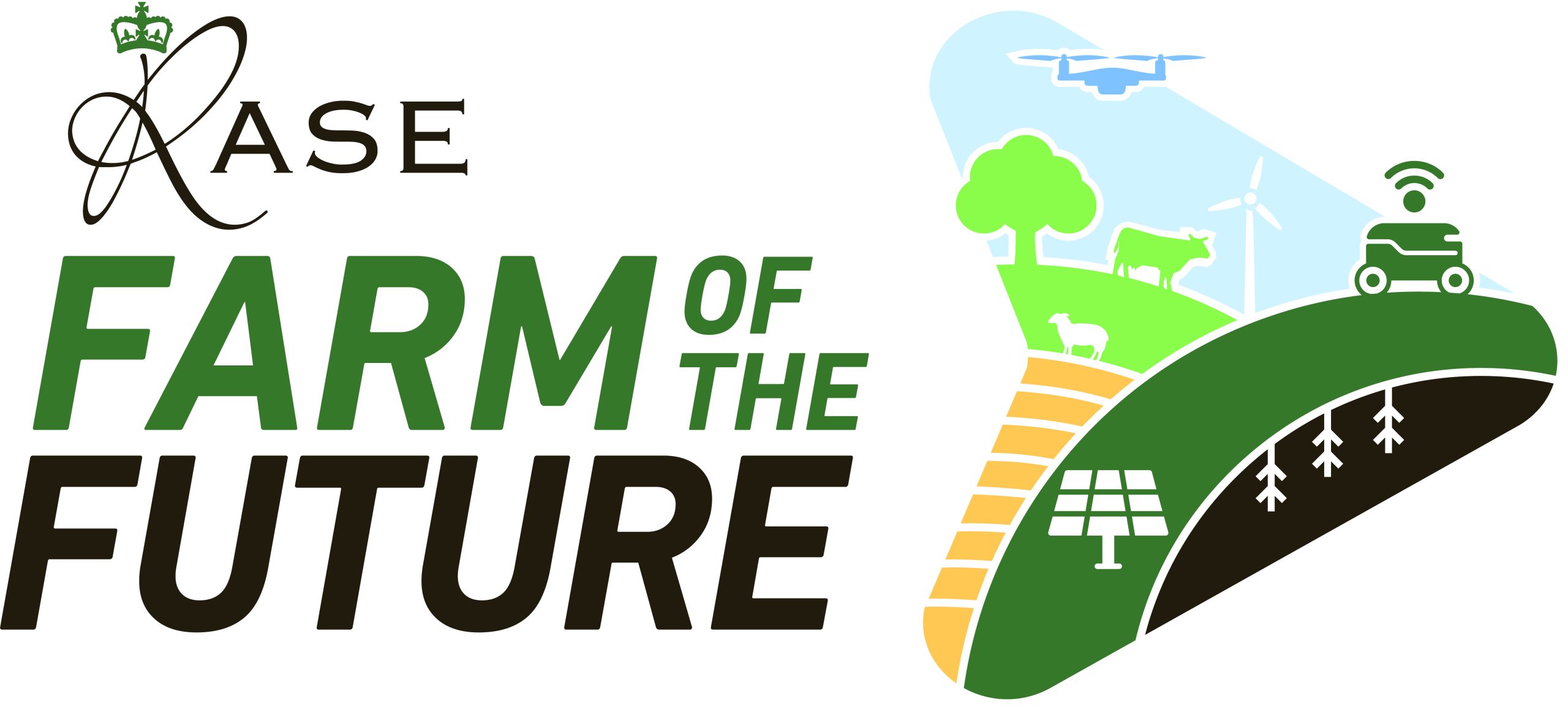by Matthew Stamp
Farms are electrifying. Agriculture is decarbonising. With roughly a quarter of the world’s population employed in farming, the changes afoot affect us all. The greenhouse gas footprint of agriculture has become too large to ignore, with 27% of global greenhouse gas emissions resulting from agriculture, forestry, and land-use.
The steep increase in climate goals and net zero commitments in the private and public sectors is adding pressure across rural supply chains. Much of this pressure is falling on the shoulders of farmers. They are being told to strive for sustainability whilse their margins are being squeezed, with higher energy prices and commodity prices steadily declining.
The climate emergency has triggered a worldwide mobilisation to develop emission reduction technologies within agriculture, and the investment community is taking notice. Venture capitalists and banks alike have been investing millions in soil tech, data gathering software and electric equipment to accelerate this sustainable transition in farming.
Nonetheless, sustainable progress has faced some barriers.
Total greenhouse gas emissions by sector
Firstly, there are billions of farmers to engage globally, and it is difficult for new farm practices and technologies to reach smallscale farms around the world. Secondly, the most potent greenhouse gases like methane and nitrous oxide come from processes which are proving difficult to optimize sustainably, such as enteric fermentation and synthetic fertilisation.
Solutions often appear intensive in terms of capital expenditure. However, methane and nitrogen emissions may be distracting farmers from efficient, cost-effective solutions that can be implemented now.
A report by McKinsey Agriculture and Climate Change, ‘Reducing emissions through improved farming practices’ published in April 2020 identified the top 15 measures for reducing potential emissions on farms using their own global agriculture marginal abatement cost curve (MACC).
The report stated that adopting zero-emissions on farm machinery and equipment had the largest amount of on-farm emissions abatement potential, with reductions of 537 Mt CO2e, at a huge cost savings of £170/t CO2e. The decarbonisation of agriculture, through the electrification of farms, is the easiest win for the farmers. But it’s being overlooked.
Farms can reduce emissions and costs in one fell swoop. The US EIA’s Annual Energy Outlook unsurprisingly predicts there will be more than a 30% increase in electricity demand by 2050. This trend will be accelerated by the electrification of farm equipment. So, how do farmers access cheap electricity sustainably? The answer is – distributed renewables! Distributed, ‘behind-the-meter’ (i.e. energy produced and used on-site) renewable energy is a new asset class which presents some attractive opportunities.
- For owners, such energy systems give them more control over their longer-term electricity tariffs, providing them with resilience and energy independence from the grid.
- For investors, the behind-the-meter tariffs could enable a higher return than a conventional windfarm or solar farm.
- For utilities, the systems can solve the problems of quality of electricity supply at the edge of the network and avoid expensive network upgrade costs.
This is a potential win-win-win situation, so why do investment analysts think that there is a real opportunity now? Primarily, these systems have become more cost effective. Leif Capital’s report on Electrifying Farms, Decarbonizing Agriculture highlights a number of venture-backed start-ups involved in the sustainable transformation of farming, and includes Eocycle Technologies.
The electrification of farms through the installation of distributed energy infrastructure remains an untapped investment opportunity and is an essential part of the process of decarbonising agriculture.
